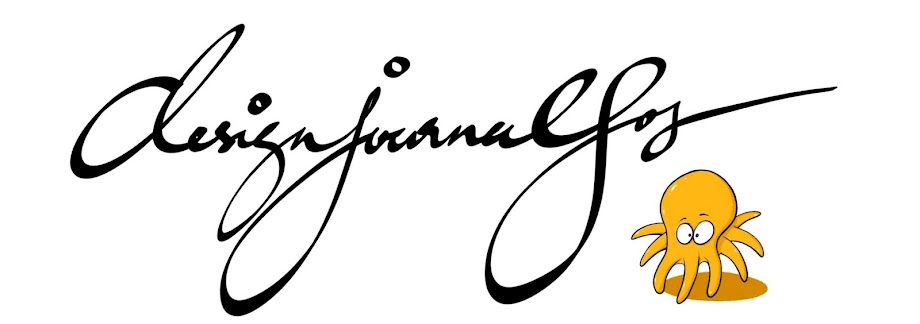
There are various forms of 3D drawings. In the order from the least realistic to the most realistic 3D drawing: Oblique Drawing, Isometric Drawing, One-Point Perspectives, Two-Point Perspectives, and finally Three-Point Perspectives. The last one (Three-Point Perspective) is commonly used in Interior and Architecture illustrations and sometimes in Comic Drawings to product very 'dynamic' perspectives.
The examples above shows how an Oblique Drawing is done.
Step 1:
Draw the object's side or front or side view in 2D. Draw exactly how you want it to look like. Observe the chair example.
Step 2:
Select your view point, i.e. from the left or the right.
Step 3:
Project 45 degree lines from the 'corners' in the direction where their respective surfaces is visible to the eye.
Step 4:
You should already know the length of the third dimension. Mark it at the end of each 45 degrees projection lines.
Step 5:
Complete the drawing by joining the end points of each of the 45 degrees projection lines.
Step (Extra):
Make use of the crating method and guidelines to complete more complicated drawings. Refer to the examples with a 'cut' corner, the triangular object and the drawing of a pyramid.
Note: Parallel lines. Many students are not aware that their line works were not parallel to each other whenever they should be parallel. Thus usually ending up with some weird distorted looking objects.
Be careful. When you draw the third dimension to scale, remember to apply the foreshortening technique, i.e. divide the value by 1/2. Otherwise your object will end up looking elongated and you wonder why. =)
 Your Homework:Refer to your Design Journal and flip back to your coaster design ideation section. You have at least three to four full pages of organic looking 2D coaster designs. Copy the shapes and convert them into 3D Oblique drawings.
Your Homework:Refer to your Design Journal and flip back to your coaster design ideation section. You have at least three to four full pages of organic looking 2D coaster designs. Copy the shapes and convert them into 3D Oblique drawings.Practice drawing 3D Oblique drawings using your 2D coaster ideas. Fill up at least two full pages of drawing in your design journal.
(A few examples can be found in the image above).
Have fun...




No comments:
Post a Comment